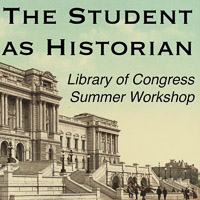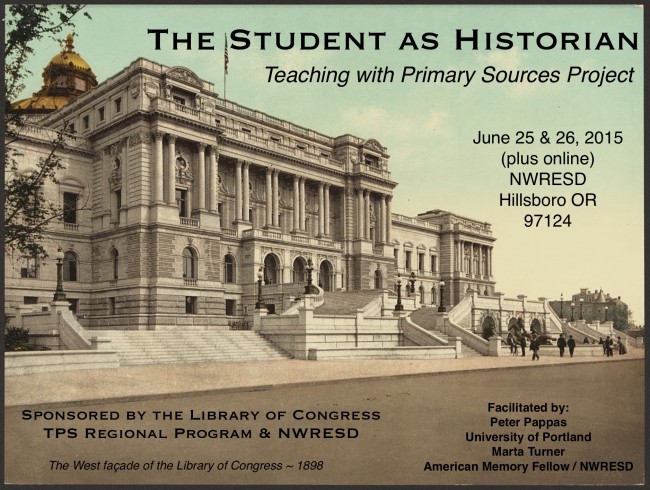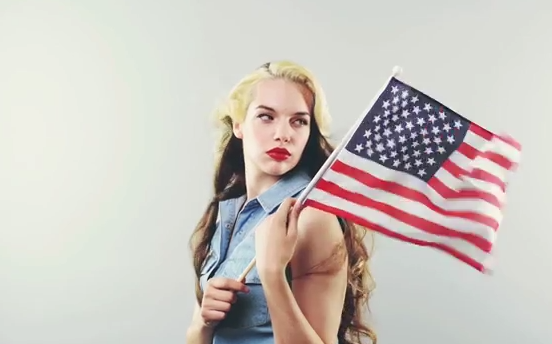Teachers are looking for resources for online instruction. So I am reposting lessons from my Social Studies Methods Course at the University of Portland’s School of Education. See original post here.
Teachers can use historical documents to build literacy skills in a content area while empowering students to be the historian in the classroom. But document-based instruction in this context requires four key elements to be successful:
- The right documents. (shouldn’t be reliant on background knowledge)
- Knowing how to “read” the historical document.
- Letting students discover their own patterns, then asking students to describe, compare and defend what they found.
- Basing the task on enduring questions, the kind that students might actually want to answer.
In Class 7 we will practice some strategies for assisting students to more closely read a document (in all their multimedia formats) by answering three Common Core questions. Broad version:
- What does it say?
- How does it say it?
- What’s it mean to me?
More specifically, what do we mean by close reading? Teachers can guide students with scaffolding questions that explore “texts” (in all their forms).
Key Ideas and Details:
What does the text say? Identify the key ideas. What claims does the author make? What evidence does the author use to support those claims?
Craft and Structure:
Who created the document? What’s their point of view / purpose? How did the text say it? How does it reflect its historic time period?
Integration of Knowledge and ideas:
Distinguish among fact, opinion, and reasoned judgment in a text. Recognize disparities between multiple accounts. Compare text to other media / genres. How does it connect to what we’re learning?
And what’s it mean to me?
IN CLASS ACTIVITY
Find a historical image and pair it with one of the Primary Source Icebreakers. The post to the padlet below. Include title of icebreaker, response to prompt and hyperlinked source of image. (See example below) These icebreakers are from TPS Connect at MSU Denver.
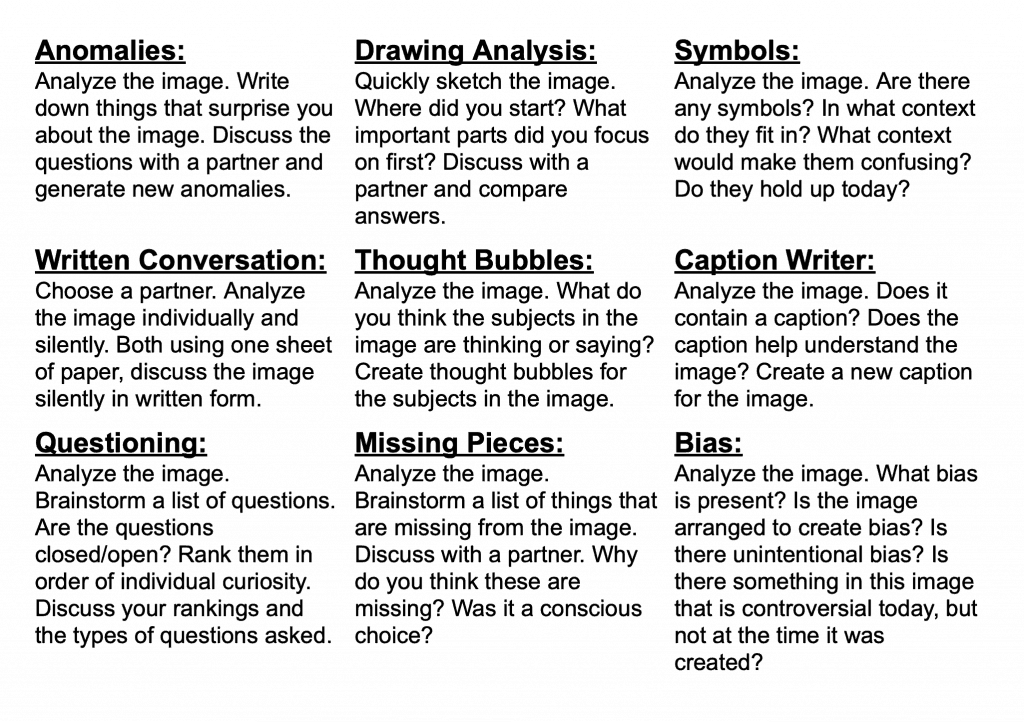
- target audience
- content (what will be studied)
- process (what will you do – what will students do)
- resources for lessons
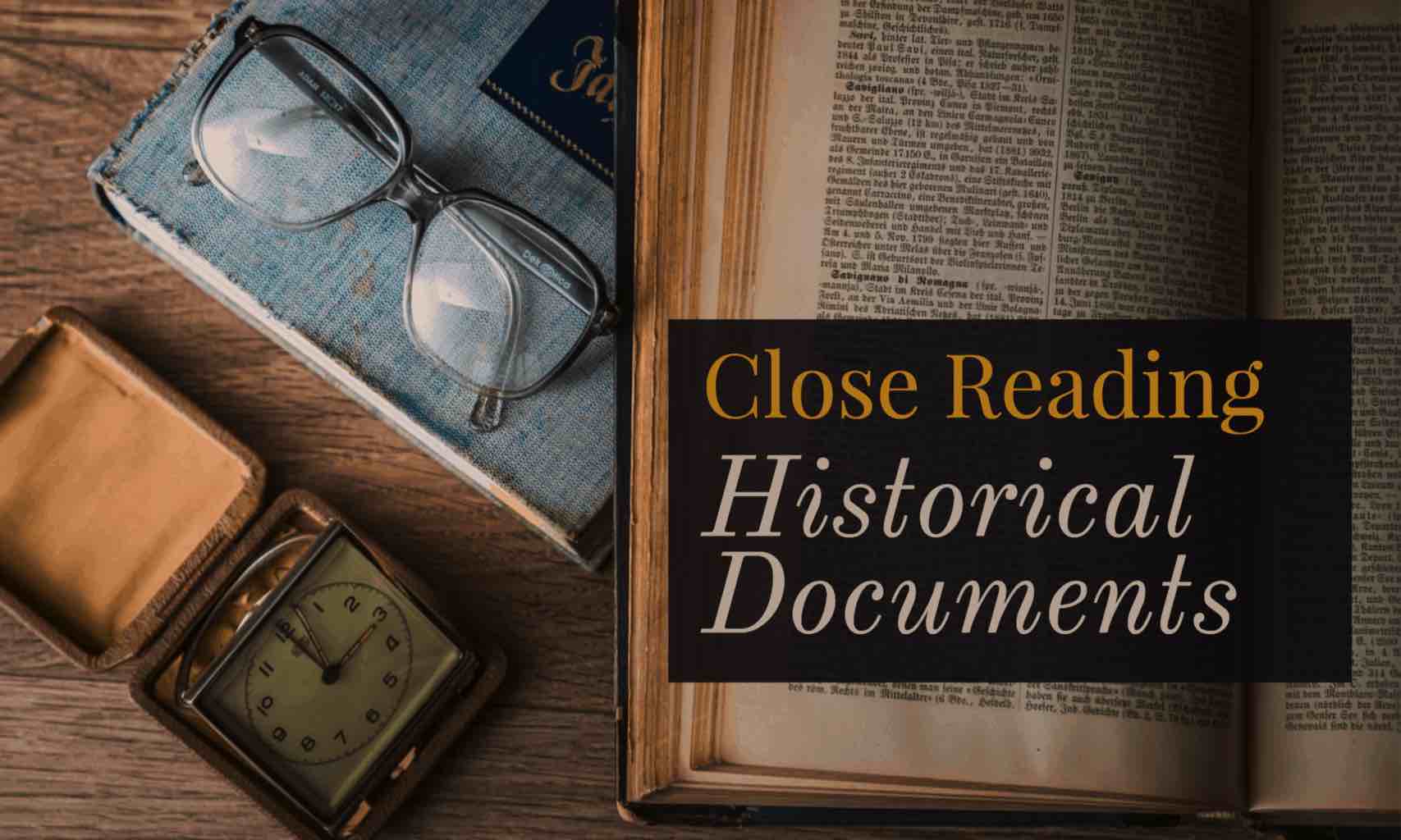

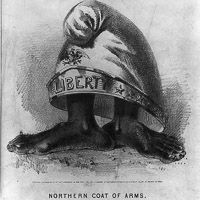
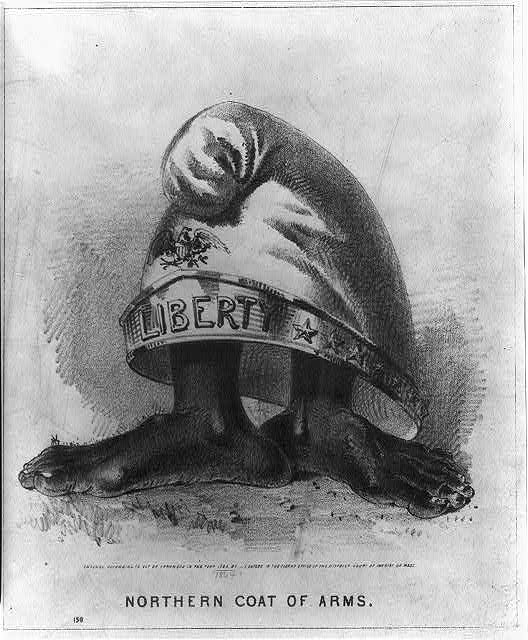
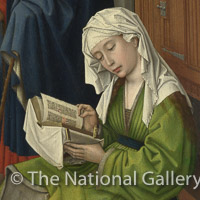
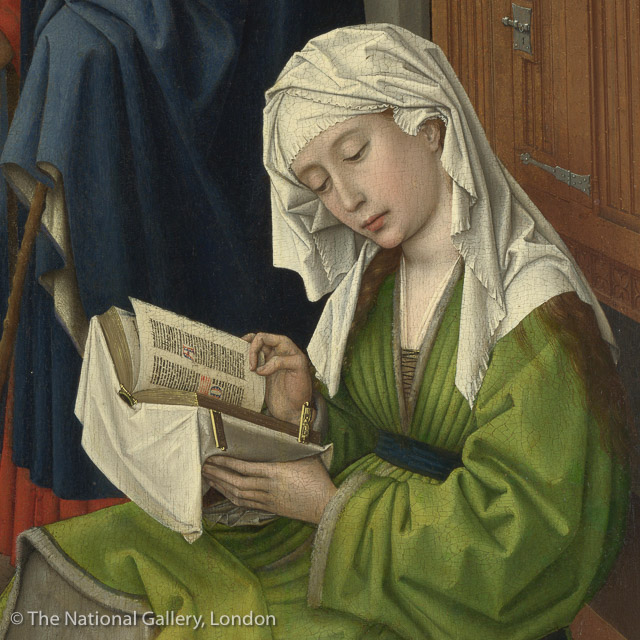 Soon I’ll be giving workshops demonstrating how to integrate literacy skills for close reading with historical thinking skills. Here’s a preview.
Soon I’ll be giving workshops demonstrating how to integrate literacy skills for close reading with historical thinking skills. Here’s a preview.